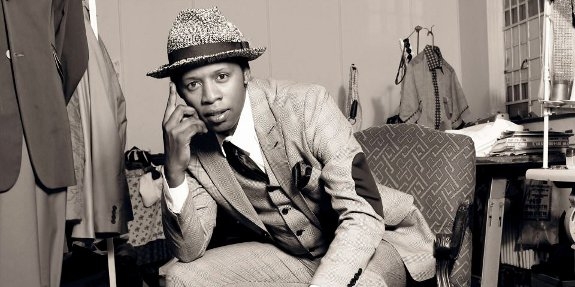Snapping back at stereotypes
In the catalogue for his 2006 exhibition “Snap Judgments: New Positions in Contemporary African Photography”, renowned Nigerian curator Okwui Enwezor noted the troubled connection between the medium of photography and Africa. He drew attention to the ‘stock images’ that have endured as the “iconography of the ‘abandoned’ continent” and the need to move beyond them.
Al Jazeera’s “The New African photography”
Over six weeks in April and May 2013, Al Jazeera took up Enwezor’s challenge. In something of a self-reflexive gesture, the network exploited the “Afropessimist” discourse to construct its own narrative of photographic practices in Africa, in the form of a series entitled “The New African Photography.”
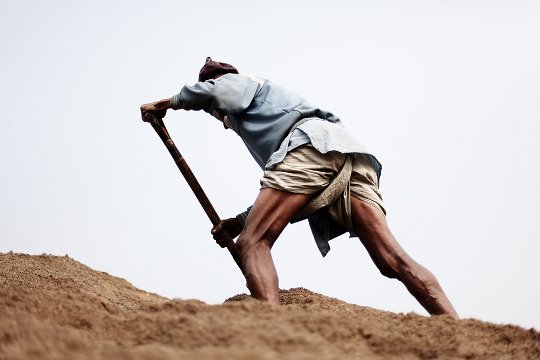
Presented as part of its ongoing Artscape programme, the series comprised six episodes of twenty-five minutes, each of which offered a profile of an up-and-coming photographer.
Photographers held up as “the new generation of African photographers”
Clearly selected to ensure representation in terms of origin, gender, and photographic genre and style, the artists profiled were: Nigerian art photographer Emeka Okereke; Kenyan fashion photographer Barbara Minishi; Nigerian photojournalist George Osidi; South African photojournalist Neo Ntsoma; Congolese artist Baudouin Mouanda; and Mozambican photographer Mario Macilau. Together, they were held up as “the new generation of African photographers,” who, as the series’ introductory sequence announced, are “using the medium to celebrate, to question, and to document a continent on the rise.”
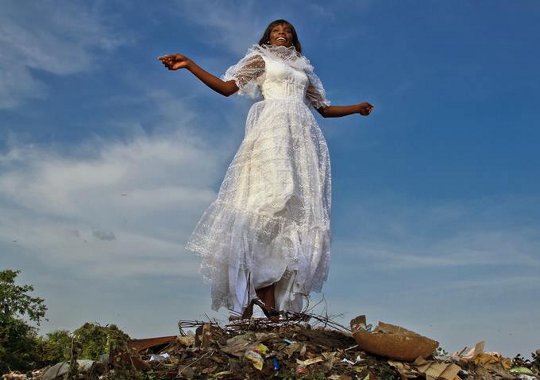
There is, of course, some unfortunate and uncomfortable irony in the fact that this series, whose aim was to represent “a continent seizing control of its image,” counted only one African among its directors and producers. Lack of true representation in this manner forces audiences to question the “transparency” of the documentary format and to ask who, exactly, is taking control of Africa’s image.
Who, exactly, is taking control of Africa’s image
Thankfully, the image that was presented was a compelling one. The series held true to its promise by emphasising the investigative and critical character of contemporary photographic practice in Africa.
The series highlighted how African photographers choose subject matter that typically escapes the undiscerning eyes of Western image-makers (for instance, Osodi’s inquiry into the arcane politics of Nigeria’s traditional monarchical structure). The series also noted how these photographers bring novel approaches to subjects that are commonly warped when they are broached in Western media (for instance, Macilau’s series on homelessness in Mozambique). Although the subjects addressed were clearly entrenched in their local contexts, each topic is also relevant on a continental scale. For instance, the episodes on Minishi and Ntsoma brought to light the gendered stratifications of Kenyan and South African society, while also resonating with the episode on Osodi through their investigations into national unity in post-independence African societies.
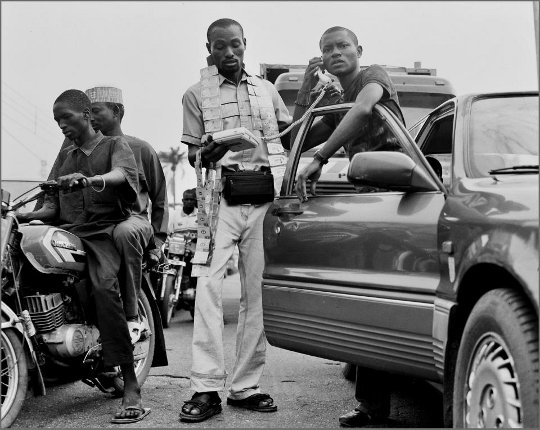
Arguably most interesting of all was the way the series represented the artists’ handling of their subject matter. None of the selected artists work in a strictly photojournalistic style. Thus, rather than presenting photography in Africa as the preserve of “native informants” producing “authentic” images simply because-they’re-African, the series presented its subjects as bonafide artists making strategic aesthetic decisions about their subject matter. The spotlighted modes of representation were, accordingly, the celebratory (in Minishi’s photographs of Kenyan women and Ntsoma’s photographs of South African creative types); the portrait (in Osodi’s dignified photographs of monarchs); and an aesthetic of the “everyday” (in Mouanda’s and Macilau’s work especially), finding beauty that often escapes the spectacle-driven Western media. These artistic choices were presented as subversive without being reduced to a merely corrective status. The artists we saw were reactive to their environments first, and to stereotypes only second.
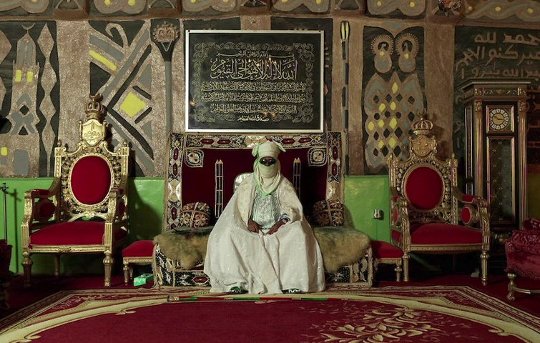
The series’ weakest link lay perhaps in the “newness” that it ascribed to the practice of photography in Africa. Indeed, in its efforts to dispel misconceptions of Africans as hopelessly stuck in the past, Al Jazeera came perilously close to presenting the featured photographers as artists who simply have none. The contemporary practices highlighted by the show needed to be grounded in more historical context than a passing reference to Malick Sidibé in the introductory voiceover.
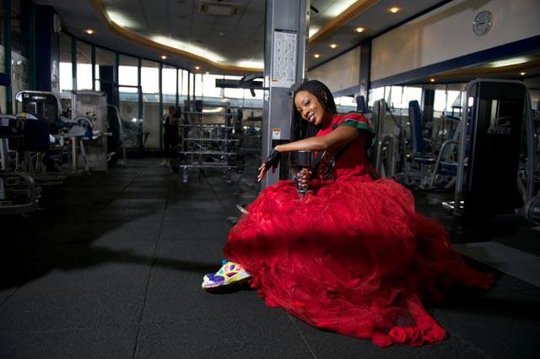
It seems that the erasure of history was the price Al Jazeera paid for its main idea, which was not about where African photography comes from but about where it is going. The “new” African photography illustrated in the six episodes is not only anchored in the present, it is fundamentally poised toward the future. Al Jazeera expertly highlighted the energy, the momentum, and the tremendous critical verve that are carrying these art forms forward. Likewise, this series was a good step towards restoring representational agency to the cameramen and camerawomen who are most fit to wield it.
Lara Bourdin (Toronto) is ZAM’s assistant online editor. She previewed all episodes of the series, see aljazeera_photography.pdf (2,1 Mb)
The Al Jazeera series can be watched at www.aljazeera.com/programmes/artscape

